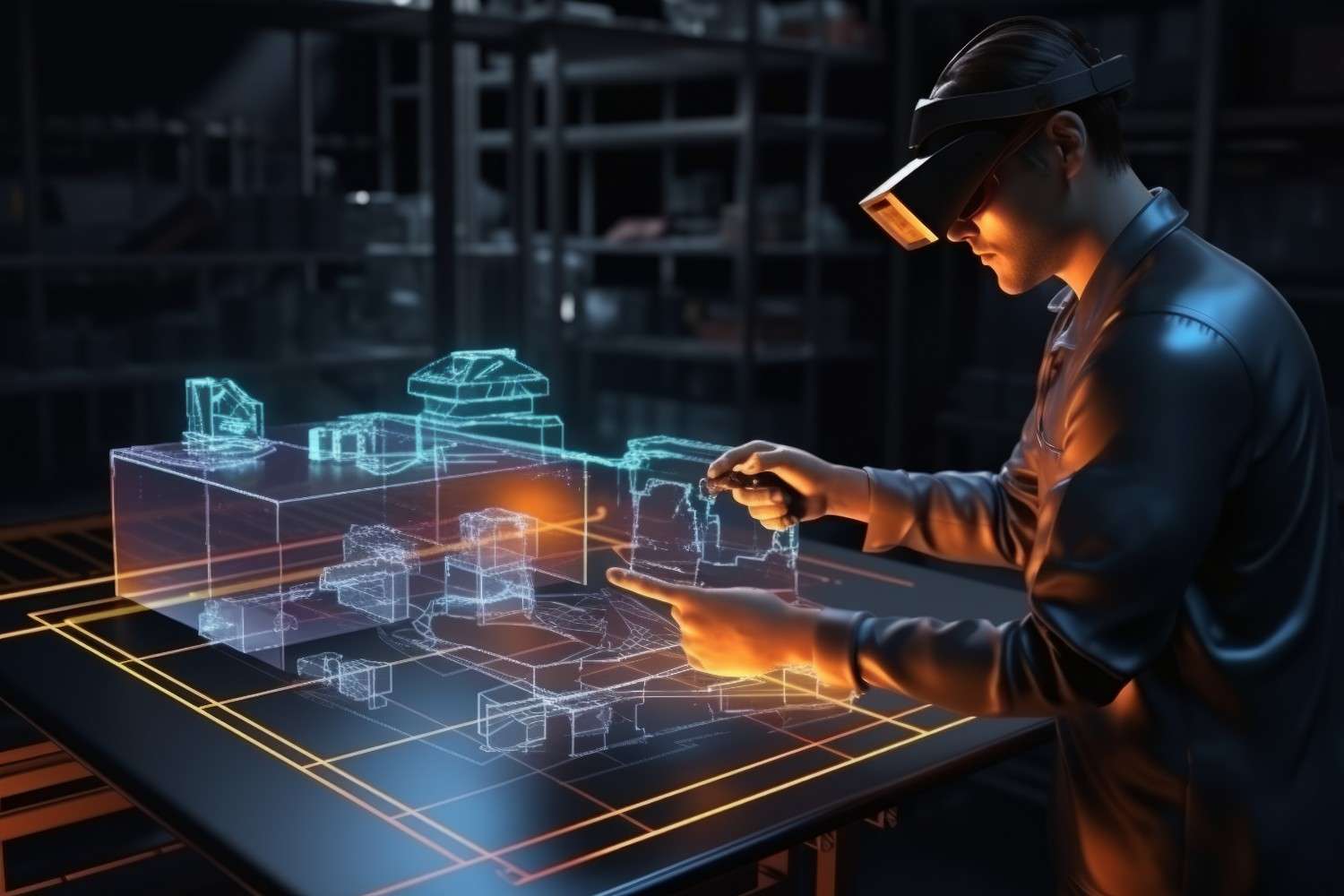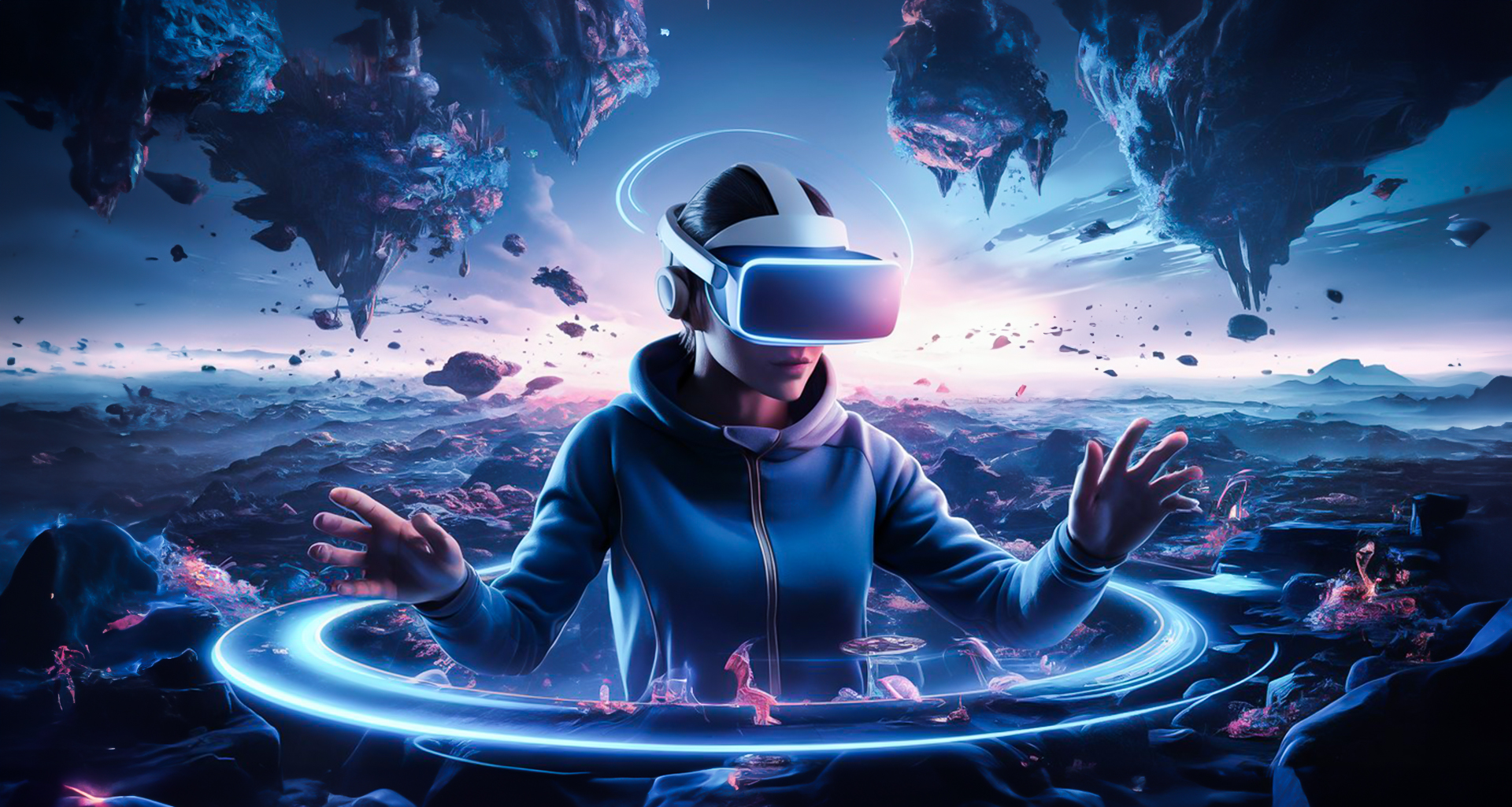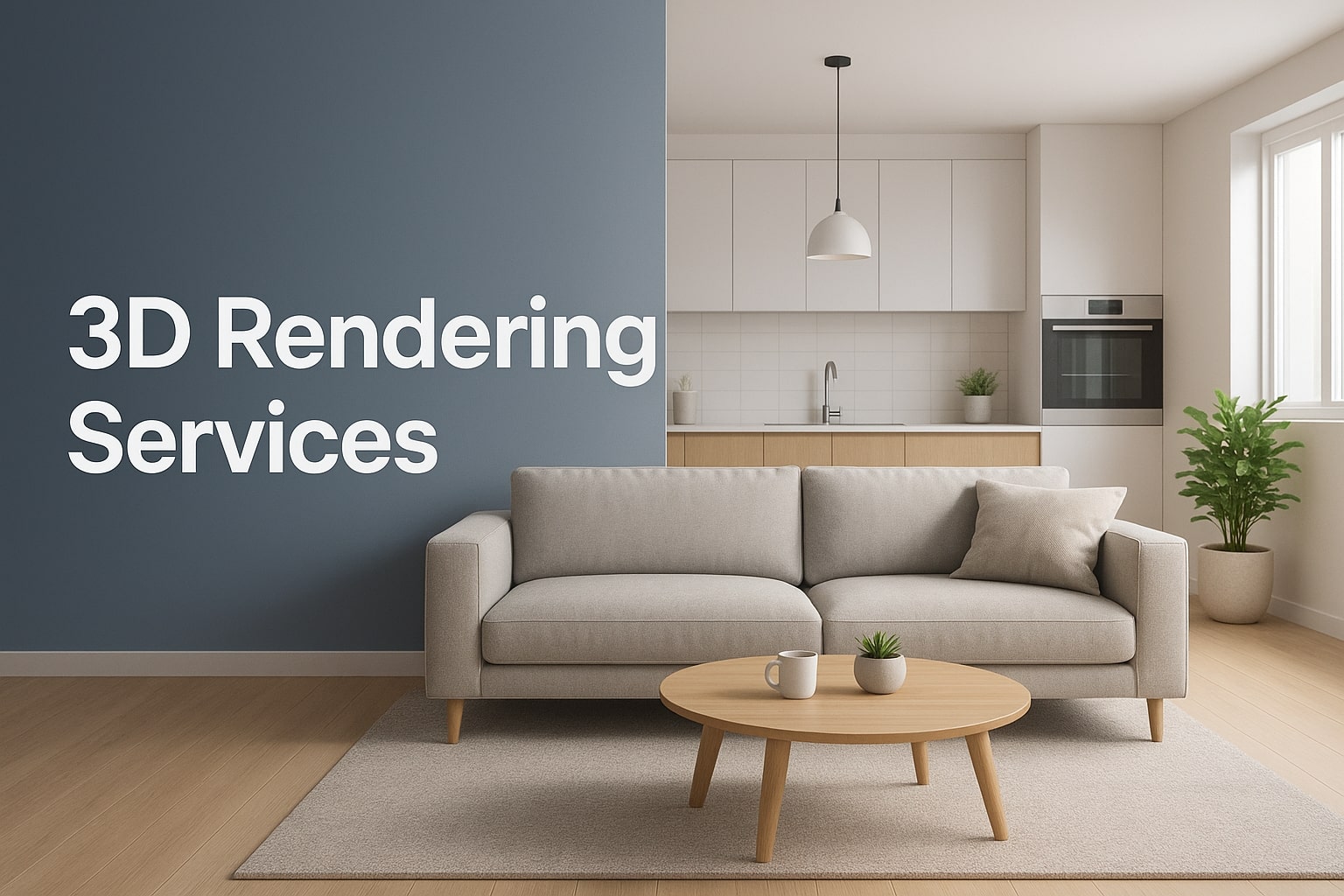The furniture industry is undergoing a seismic digital transformation. For decades, the process was linear and costly: 2D drawings led to expensive prototypes, which were then laboriously photographed in studio sets. Today, the design lifecycle is dominated by 3D Modeling and Design, which offers unparalleled speed, flexibility, and visual fidelity.

The shift from simple Computer-Aided Design (CAD) files used for manufacturing to hyper-realistic, interactive 3D assets used for marketing and e-commerce is driving a revolution in outsourcing. Companies are recognizing that relying on external expertise is the only way to manage the volume, variety, and technical complexity required to meet modern consumer expectations—particularly the demand for immersive experiences like Augmented Reality – Virtual Reality (AR/VR).
Outsource 3D Modeling services is no longer just about converting drawings; it’s about building a digital asset pipeline that powers the entire sales and marketing ecosystem. This comprehensive guide explores this evolution, detailing how specialized Outsource 3D Furniture Modeling workflows are charting the future of the design industry.
The Evolution of 3D Modeling in Furniture Design
The transition from traditional methods to advanced 3D visualization has unlocked new commercial possibilities.
1. The CAD Foundation to 3D Rendering Necessity
Traditional furniture design started with CAD files (e.g., DWG, STEP) used for engineering and CNC machining. The challenge was converting these engineering files into photorealistic marketing images.
- Engineering Accuracy: Outsourcing begins with precise model creation, ensuring the digital replica is dimensionally perfect, respecting the original 3D Product Design specifications.
- The Visualization Leap: Specialized Outsource 3D Furniture Modeling teams then take this accurate model and transform it into a marketing asset. This involves applying complex materials and setting up cinematic lighting to achieve photorealistic 3D Rendering—a visual quality unattainable with simple CAD programs.
- Eliminating Photography Costs: The chief financial benefit: a single 3D Rendering can replace an entire physical photo shoot, studio setup, and logistics chain. Variations in color, fabric, and environment can be generated instantly and cost-effectively.
2. The Dominance of PBR Texturing
Photorealism in 3D Rendering hinges entirely on material accuracy, which is controlled by PBR (Physically Based Rendering).
- Material Fidelity: Texturing artists are crucial. They create PBR maps (Albedo, Roughness, Normal, Metallic) that dictate how light interacts with surfaces, ensuring that the digital velvet looks soft and absorbent, and the metal fixture looks cool and reflective, just like the real item.
- Consistency Across Platforms: Using standardized PBR Texturing ensures that the model looks identical whether it’s viewed as a high-resolution still image or as a real-time object in an Augmented Reality – Virtual Reality application, maintaining crucial brand trust and consistency.
- Catalog Management: For extensive product lines, Outsource 3D Modeling services build master material libraries, allowing designers to quickly apply and adjust textures across a massive catalog of furniture, significantly reducing production time for new SKUs.
Part II: The Immersive Frontier – AR/VR and the Shopper Experience
The future of furniture retail is interactive, and that is driven by specialized AR/VR model preparation.
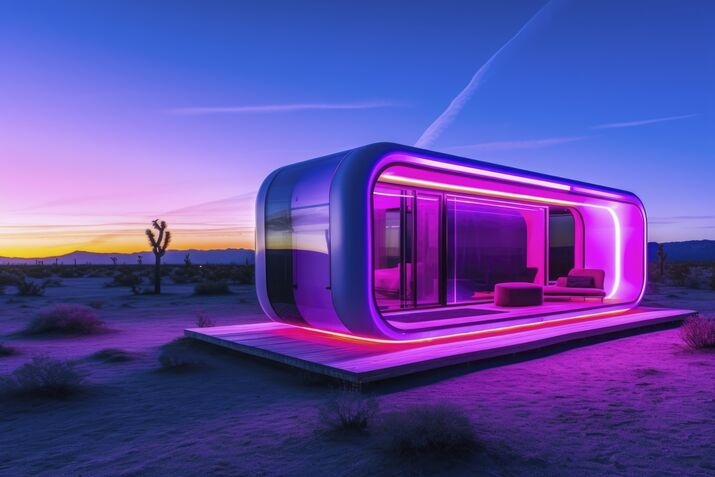
3. The AR-Ready Mandate for Outsource 3D Furniture Modeling
The consumer now expects to visualize a product in their space before purchase. This necessitates models built for mobile Augmented Reality – Virtual Reality.
- Optimization is King: This is the most crucial skill provided by Outsource 3D Modeling services. The final model must be meticulously optimized—aggressively reduced polygon count, baked textures, and minimal draw calls—to load instantly and run smoothly on any smartphone. A slow or choppy AR model leads to lost sales.
- Dimensional Accuracy for Commerce: Unlike simple visualization, the model used in AR must be dimensionally perfect (1:1 scale) to accurately represent size and fit in a customer’s home. Precision in the 3D Modeling and Design workflow is a direct factor in reducing product returns.
- The Unified Asset Strategy: Modern outsourcing provides a unified approach: creating a single high-fidelity model that is optimized for multiple outputs—high-res 3D Rendering for web and low-poly, GLB/USDZ format for AR apps.
4. 3D Architecture and Virtual Staging
3D Modeling is revolutionizing how architects, interior designers, and real estate agents stage and sell spaces.
- Virtual Staging: Instead of physically moving expensive furniture into a space, 3D Rendering is used to digitally stage architectural visualizations and real estate listings. This allows for rapid changes in style and design without physical cost or labor.
- Custom Configurable Models: Outsource 3D Furniture Modeling partners create furniture assets that are fully configurable within a virtual environment. Architects can quickly change the sofa fabric or the chair wood finish within their 3D Architecture visualization, accelerating the client decision-making process.
- VR Showrooms: 3D Modeling builds the virtual showrooms where customers can walk through a full environment, interact with the furniture, and experience the product in a realistic context using a VR headset.
Part III: Strategic Advantage of Outsourcing 3D Modeling and Design
For companies scaling their digital presence, leveraging external expertise provides a fundamental competitive edge.
5. Unprecedented Scalability for Catalogs
Maintaining a large, permanent in-house team capable of handling high-volume 3D Modeling and Design across a complex product catalog is financially rigid.
- Mass Variation Production: Furniture firms often have thousands of SKUs driven by fabric, finish, and configuration options. Outsource 3D Modeling services teams specialize in creating parametric master models that can automatically generate hundreds of high-quality 3D Rendering images and AR models from a single file, eliminating the need for costly physical photography of every variant.
- Speed to Market: When a new collection launches, outsourcing provides the instant scalability to model, texture, and render the entire line simultaneously, ensuring the entire catalog is ready for marketing and e-commerce deployment faster than any internal team could achieve.
6. Focus on Core 3D Product Design and Innovation
By delegating the complex, labor-intensive production of assets, internal teams can concentrate on their core mission.
- Innovation Bandwidth: Internal 3D Product Design teams are freed from the technical burden of model optimization, Texturing, and scene setup. They can dedicate their time to high-level design innovation, engineering improvements, and market strategy.
- Expertise Access: Internal teams focus on what to design; the Outsource 3D Modeling services partner focuses on how to visualize it perfectly for every channel, from high-fidelity stills to the most constrained Augmented Reality – Virtual Reality platforms.
7. Guaranteed Technical Compliance and Data Integrity
The success of a furniture model in e-commerce depends on adherence to strict technical standards.
- AR/VR Platform Standards: Outsourcing partners are responsible for ensuring the final model file meets the polygon budgets, texture size limits, and dimensional accuracy requirements of major platforms (Shopify AR, Houzz, Amazon 3D).
- Metadata Integrity: The final 3D Product Design model is a data asset. The outsourcing team ensures that crucial information (SKU, material ID, price) is correctly embedded in the model for seamless integration with e-commerce product configurators and inventory systems.
Part IV: Best Practices and Future Directions
The future of Outsource 3D Furniture Modeling relies on setting clear standards and embracing new technology.
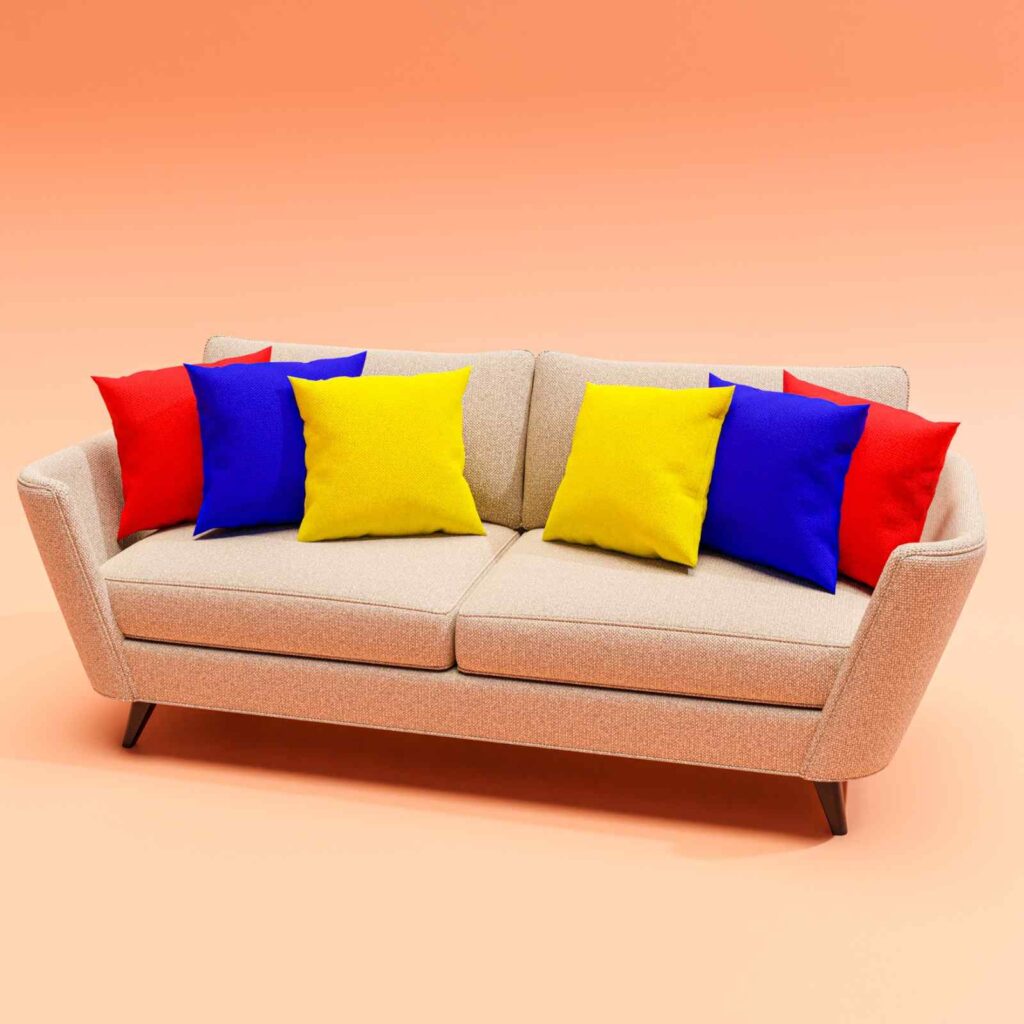
8. Setting Clear 3D Rendering Standards
A successful partnership requires clear, upfront definition of the expected visual output.
- Defining LOD: The client must specify the required Level of Detail (LOD) for the model: High-LOD for hero 3D Rendering and low-LOD for Augmented Reality – Virtual Reality application.
- Master Material Specification: Providing physical material samples and detailed specification sheets to the Outsource 3D Modeling services team ensures accurate Texturing and color matching, preventing costly revisions.
- Lighting and Environment: Define a standardized set of virtual studio lighting environments to ensure consistency across the entire product catalog.
9. The Digital Twin in Furniture
The final 3D Furniture Modeling asset is becoming a digital twin—a perfect, data-rich replica.
- Interactivity: Future 3D Modeling and Design involves creating models that can be manipulated in the Metaverse—allowing customers to virtually pull out a drawer, recline a backrest, or customize a component in real-time.
- Generative Design: AI-powered tools are beginning to assist the Outsource 3D Modeling services process, automatically generating simple material variations or optimizing meshes, allowing human artists to focus purely on complex artistic details.
🎯 Conclusion: 3D Modeling as the Catalyst for Growth
The furniture industry is definitively moving From CAD to 3D Visualization, with 3D Modeling serving as the engine of this revolutionary shift. The static, expensive past of physical prototyping and photography is being rapidly replaced by the agile, cost-effective, and interactive future powered by digital assets.
The decision to Outsource 3D Modeling services is the strategic key for success in this new landscape. It provides manufacturers and retailers with the critical expertise to deliver high-quality 3D Rendering, master the technical optimization for Augmented Reality – Virtual Reality Models, and build the interactive 3D Product Design configurators that today’s empowered consumers demand. By embracing Outsource 3D Furniture Modeling, businesses are not just improving their visuals; they are building the foundation for the next generation of commerce.
❓ Frequently Asked Questions (FAQ)
1. What is the main advantage of Outsource 3D Furniture Modeling over traditional photography?
Outsource 3D Furniture Modeling eliminates the need for expensive physical prototypes, studio rentals, and photo shoots. It allows brands to instantly generate infinite variations (materials, colors, environments) via 3D Rendering from a single digital file, drastically saving time and cost.
2. Why is Texturing so important for furniture visualization?
Texturing determines the photorealism of the 3D Rendering. Using PBR (Physically Based Rendering) Texturing ensures that materials like wood, fabric, and metal accurately interact with light, making the virtual furniture look and feel authentic, which is critical for consumer trust.
3. What makes a 3D Furniture Modeling asset “AR/VR ready”?
An AR/VR ready model must be highly optimized (low polygon count), correctly scaled to real-world dimensions, and have efficient Texturing (baked textures) to ensure it renders smoothly and accurately in real-time mobile AR or VR applications.
4. How does Outsource 3D Modeling services help with product customization?
Outsourcing firms specialize in Modular 3D Modeling. They break the 3D Product Design into interchangeable components, allowing customers to instantly configure the piece online (changing materials, components) via a 3D configurator, with the model updating in real-time.
5. What role does 3D Architecture visualization play in furniture marketing?
3D Architecture visualization is used for virtual staging. Instead of costly physical sets, Outsource 3D Modeling services create high-fidelity virtual room environments to showcase the furniture in an aspirational lifestyle context, enhancing the marketing appeal of the 3D Rendering.
6. What CAD files are typically needed to start an Outsource 3D Furniture Modeling project?
The project typically starts with the manufacturer’s technical drawings or CAD files (such as DWG, DXF, or STEP files) which contain the precise dimensions and geometry. The outsourced partner uses these files to create the aesthetic and optimized marketing-ready 3D Modeling and Design assets.
